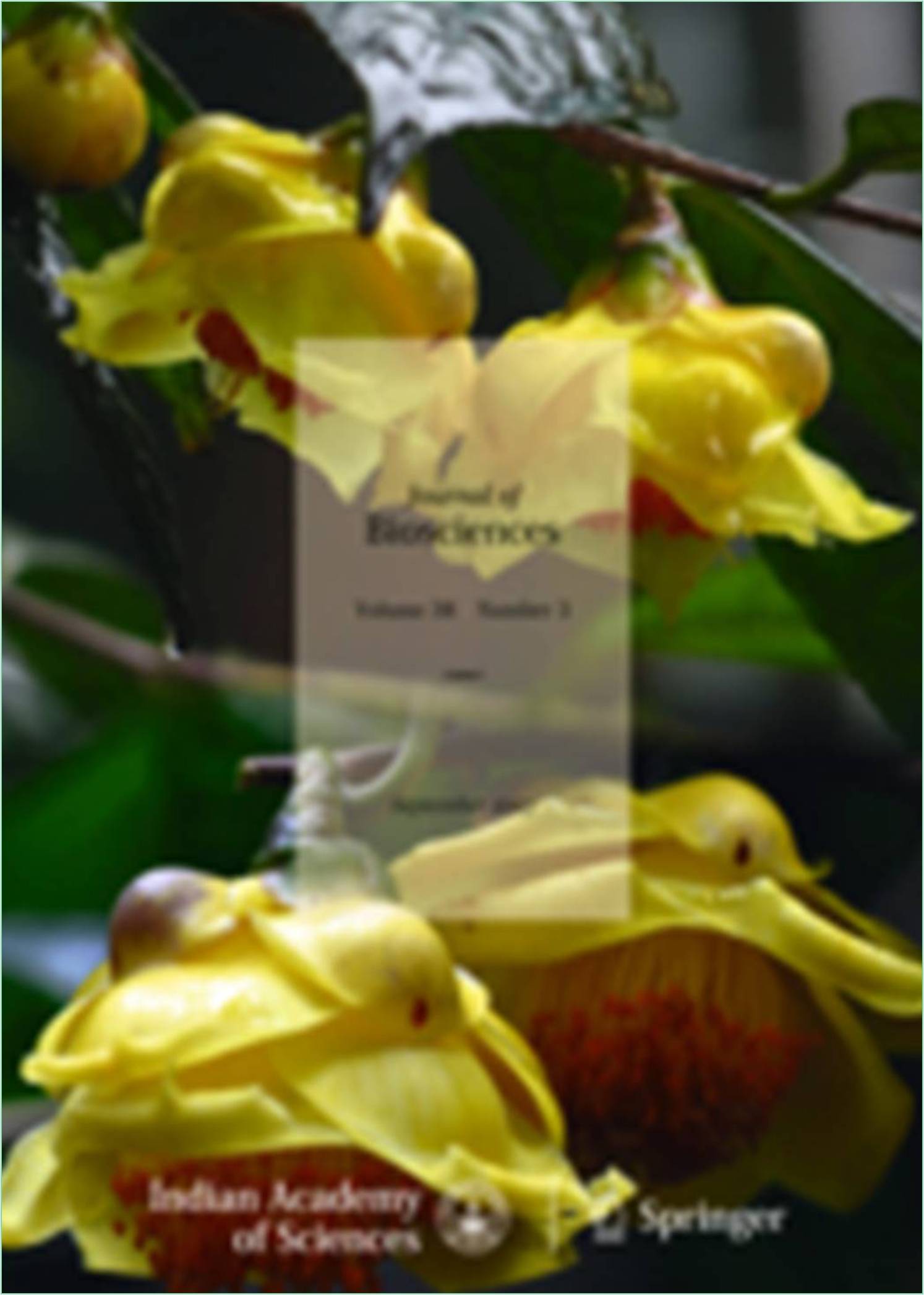



Received: 18-Jul-2022, Manuscript No. IJBB-22-74325; Editor assigned: 20-Jul-2022, Pre QC No. IJBB-22-74325 (PQ); Reviewed: 03-Aug-2022, QC No. IJBB-22-74325; Revised: 11-Aug-2022, Manuscript No. IJBB-22-74325 (R); Published: 18-Aug-2022, DOI: 10.15651/IJBB.22.9.006
DNA fingerprinting is also known as DNA typing, DNA profiling, genetic fingerprinting, genotyping or identity testing in genetics method of isolating and identifying variable elements within the base-pair sequence of Deoxyribonucleic Acid (DNA). The DNA fingerprinting is a chemical test that shows genetic makeup of a person or other living things. It’s used as evidence in courts to identify bodies track down blood relatives and to look for cures of diseases.
There are some probes that can find unique DNA sequences and generate individual-specific DNA profile. This can be visualized as bands by the molecular biology techniques. The procedure for creating a DNA fingerprint consists of first obtained a sample of cells, such as skin, hair or blood cells, which contain DNA. As the DNA is extracted from cells and it is purified. In Jeffrey’s original approach which was based on Restriction Fragment Length Polymorphism (RFLP) technology the DNA was then cut at specific points along with the strand proteins known as “Restriction Enzymes”. The DNA testing process is comprised of four main steps, which includes extraction, quantitation, amplification, and capillary electrophoresis.
The enzymes produced in the fragments for varying lengths that were sorted by placing them on a gel and then subjecting the gel to an electrophoresis: the shorter fragment, more quickly moved towards the positive pole (anode). The sorted double-stranded DNA fragments are subjected to a blotting technique in which they were split into single strands and transferred to a nylon sheet. The fragments underwent autoradiography in which they were exposed to DNA probes pieces of synthetic DNA that are made radioactive and that bound to mini-satellites. A piece of X-ray film was then exposed to the fragments and a dark mark was produced at any point where a radioactive probe has been attached. The resultant pattern of marks could be then analyzed.
Usage of Short Tandem Repeat for DNA Fingerprinting
The use of RFLPs is older of two techniques described here for DNA fingerprinting. The RFLP protocol requires a relatively large amount of DNA which must be undisturbed relatively. The reason that is the DNA must be fairly intact that is present in large amounts of probes must bind for visualization which is possible. If the DNA sample has been in tomb for hundreds (or thousands) of years, which is ample time for DNA damage from ultraviolet light, oxidation, or spontaneous deamination, the quantity of undamaged fragments (or the ratio of undamaged/damaged DNA) may be too low to obtain a reliable band pattern upon the hybridization.
DNA Profiling
The DNA profiling can be used in old or unsolved crimes or to identify human remains. The availability of parental DNA samples might allow identification of a body when conventional means (physical appearances, dermatoglyphic fingerprints, and dental charts) have been unsuccessful. These dissimilar DNA profiles will exclude a relationship. Teeth are important evidentiary material in the forensic cases, since they are more resistant to postmortem degradation and extreme environmental conditions.
Plant DNA Typing
The DNA typing of trace evidence from plant materials can be used in forensic investigations to help link suspects to crime scenes or to other people involved in a case. The plant material has been researched extensively in recent years for its application in the forensic casework. There are a number of different types of plant material that has been tested, which includes opium poppy, a variety of grasses and trees, as well as other plant species. Also, Cannabis sativa, the Short Tandem Repeats (STRs) has been studied extensively for forensic application, and databases for these types of samples have been studied for the use in investigations.
An early use of DNA fingerprinting was in the legal disputes notably to help solve crimes and to determine paternity. Since its development, the DNA fingerprinting has led to the conviction of numerous criminals and to freeing from prison of many individuals who were wrongly convicted. Some of the concerns with DNA fingerprinting, and specifically the use of RFLP, is subsided with the development of PCR- and STR-based approaches.